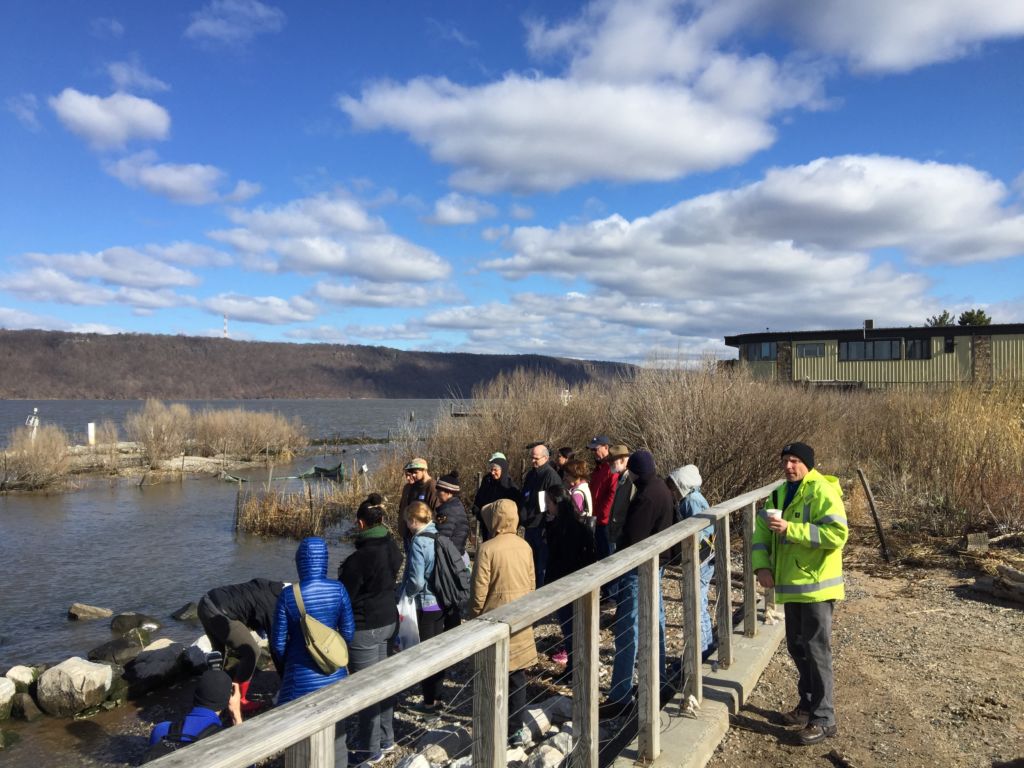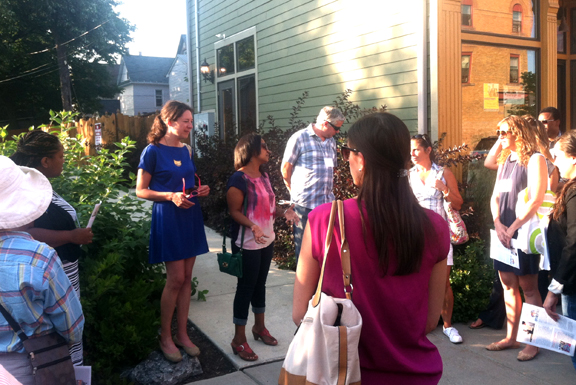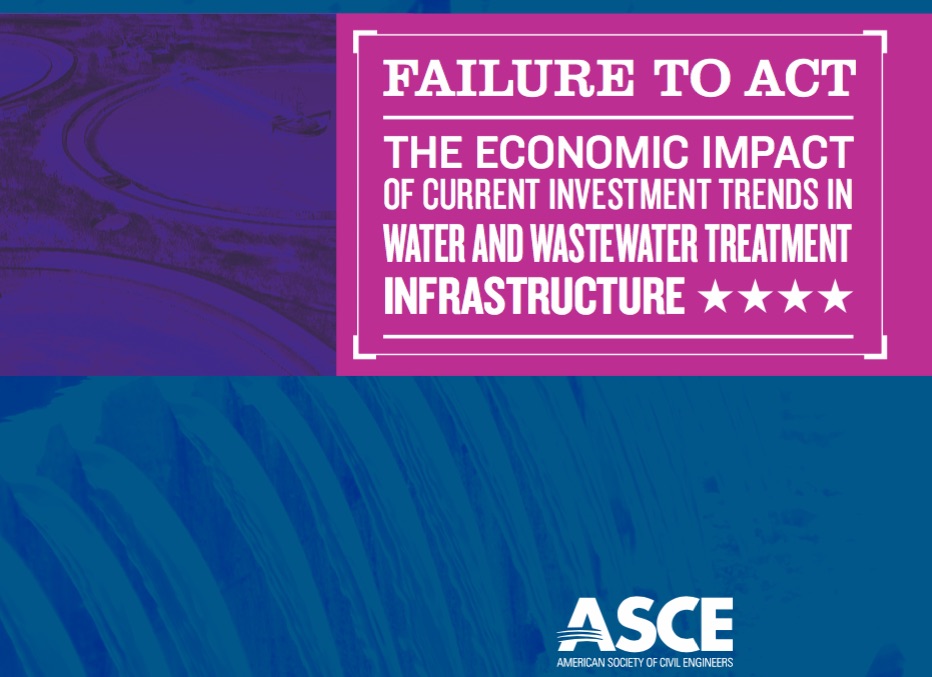watershed planning
September 10, 2018
Together, partners in the Northwest Indiana area are leading people to the water. The LaPorte Soil and Water Conservation District (SWCD) – established in 1937 by the Indiana Soil Conservation Act – plays a vital role in both the Trail Creek Watershed Partnership and the Northwest Indiana Federal Partnership. They offer a variety of programs that educate and empower the community to take an active role in protecting their environment. In addition, the LaPorte SWCD is involved in watershed planning, advocating and implementing best management practices within the Trail Creek Watershed.
July 26, 2018
This report compiles informative case studies, focusing on programs that have successfully incorporated artists, art, and culture into their place-based, transformative approaches. These programs aimed to address affordability issues, make connections between people and their environment, promote holistic water resource management, increase community participation, mitigate and remediate damages, integrate community needs into infrastructure, and support community activism.
July 13, 2018
Environmental Community Action, Inc (ECO-Action) – a grassroots organization that works with people to fight for their rights to clean air, land, and water – acts as a support system to the communities they serve by providing resources and creating partnerships with other organizations. They have developed many programs designed for educating and empowering the Proctor and Intrenchment Creek watershed communities to advocate for equity and environmental protections. Among their initiatives, ECO-Action is heavily involved in community education and advocacy towards the implementation of green infrastructure projects that address stormwater flooding issues and provide more livable neighborhoods for underserved communities.
June 20, 2018
In 2013, the Proctor Creek Watershed was designated by the EPA as an Urban Waters Federal Partnership location, with goals to engage the community while improving water quality, providing green spaces, and supporting green infrastructure. The Conservation Fund was awarded an EPA Urban Waters Small Grant in 2016 to work with residents and multiple organizations of the Proctor Creek Watershed to create green infrastructure solutions that benefit the community and the environment.
May 24, 2018
To further understand the severity and sources of bacterial pollution in the four urban subwatersheds in the Hudson River Estuary, Sarah Lawrence Center for the Urban River at Beczak (CURB), supported by an EPA Urban Waters Small Grant, created the Lower Hudson Urban Waters Collaborative. Partnering with Riverkeeper, the Hudson River Watershed Alliance, and the Bronx River Alliance, the Urban Waters Collaborative created a strong partnership in the Lower Hudson Valley in which the organizations share experiences and combine data resources with the goal of strengthening stewardship and community science capacity.
March 16, 2018
With new water uses in these sections of the LA River and more revitalization on the horizon, water quality monitoring for public health and community engagement becomes chiefly important. Heal the Bay – an organization based in Santa Monica, California – has a strong history promoting environmental awareness and advocating for public health through their Beach Report Card program. Over the years they have found that when people are informed about water quality issues, they are more motivated to take care of their environment. In cooperation with students from Los Angeles Trade Technical College (LATTC) and funded by EPA’s Urban Waters small grant program, Heal the Bay expanded this initiative to create a River Report Card for the LA River and other freshwater areas where people recreate and swim.
December 22, 2017
El Caño Martin Peña (CMP) is a 3.75-mile-long tidal channel located within the San Juan Bay National Estuary in Puerto Rico, the only tropical estuary within the National Estuary Program. The degraded channel has threatened not only communities’ health, but the ecosystem as well. ENLACE engages in public education activities to promote an understanding of the impacts of environmental degradation, fostering critical consciousness and democratic action to support restoration efforts. The restoration of the estuarine tidal channel will allow for mangroves to flourish and increase biodiversity, improving resilience during storms and providing opportunities for tourism.
October 9, 2017
This report on Sustainable Models for Green Infrastructure Maintenance in the Great Lakes Region summarizes the findings of a 2016 convening in Buffalo, NY of local government, land bank, sewer […]
September 25, 2017
In 2012, the Oklahoma Water Resources Board (OWRB) received an EPA Urban Waters Small Grant, sub-granted by the Oklahoma Secretary of Energy and Environment, to study the causes of the eutrophic conditions in Lakes Hefner and Overholser and to evaluate which Best Management Practices (BMPs) could significantly reduce the nutrient load affecting water quality in the lakes. Originally, the study focused on identifying BMPs that could be implemented in the lakes themselves. However, it was found that most of the pollution was coming from urban runoff entering the North Canadian River.
August 22, 2017
This report, issued in 2011 by the American Society of CIvil Engineers (ASCE), provides an overview of existing water, sewer, and CSO infrastructure in the U.S., describes the “water and […]










